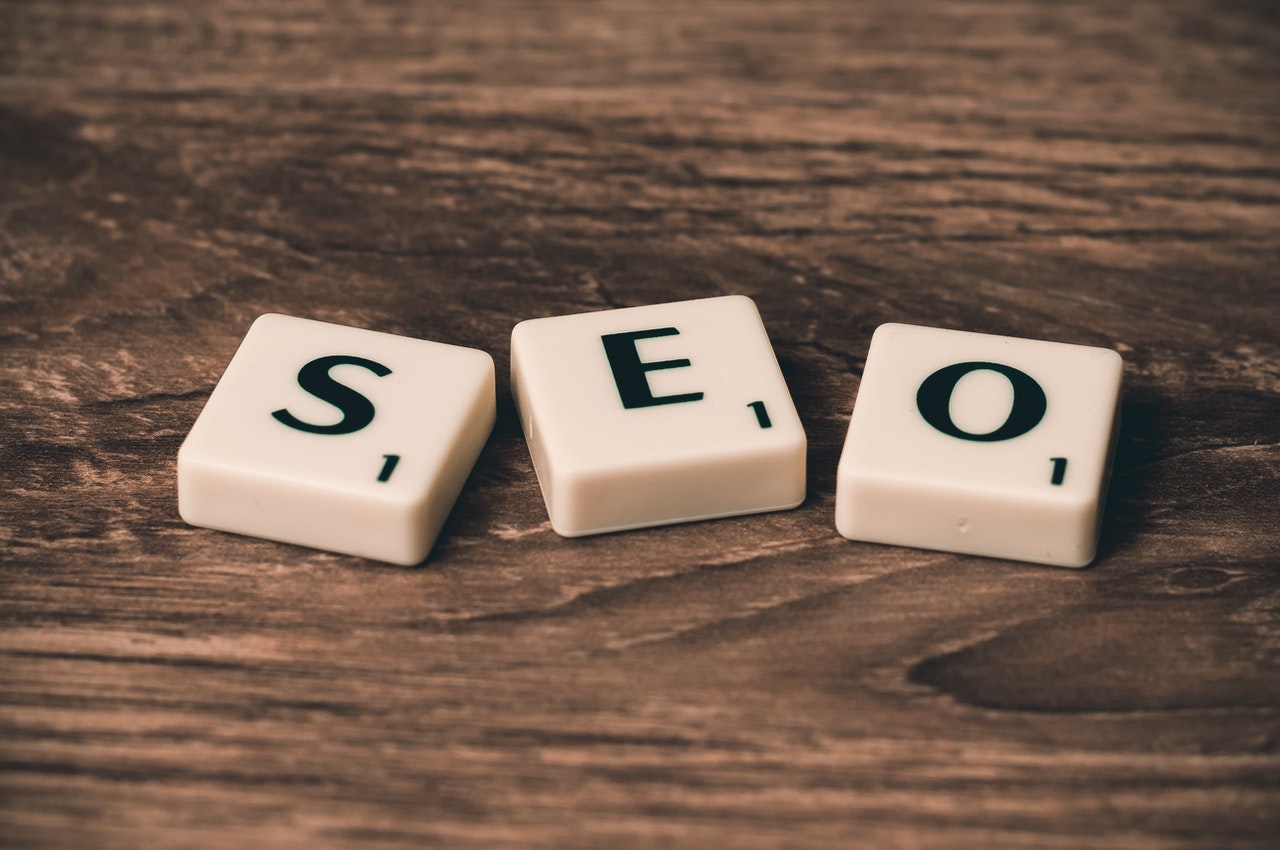
To be successful in sales, it helps to think of each prospective customer as taking a journey with your company. The most common conceptual model for this journey is known as the “sales funnel” or “purchase funnel.” It’s not a new term at all; in 1898, E. St. Elmo Lewis created the “AIDA concept” as one way of describing this journey in detail. AIDA stands for Awareness, Interest, Desire and Action. Here’s a step-by-step breakdown of the buyer’s journey process along with some tips for making an impact at each stage.
Awareness
Brand awareness is always the first step in the customer experience. It’s the “top” of the funnel, so to speak, and first impressions mean everything. Design your outreach strategy around a sound understanding of the market (or the specific niche within the market that you’re targeting). A major component of this is the design of your website and iconography. Different colors, for instance, can trigger different psychological responses in a viewer. This can be tailored to the image you want to convey, for instance using black to denote power or blue to put customers at ease.
Interest
Getting awareness can be simple in comparison to creating genuine interest that leads to a sale. Consumers become interested in a company by learning exactly how that brand’s products are a match for their lifestyle. They want to see how the offerings can directly benefit them. This is where the importance of quality comes into play.
A recent survey by tech company First Insight revealed that consumers consider quality over price in making a purchasing decision by a margin of 53% to 38%. Don’t just showcase your products on your pages. Show what they can do and also how using them will objectively improve the prospect’s life. Doing that will ensure that a transient curiosity turns into a desire to buy.
Desire
What is “desire” in marketing terms? It’s the point at which a prospect takes a favorable view of the brand itself. The path from interest to desire should be a straightforward one, but it can be short-circuited by any number of red flags that customers might see as they learn and explore. This might take the form of poor reviews or ambivalence about the product’s usefulness. The key here is managing customer risk. Offering incentives and deals can add perceived value while mitigating the risk of purchase.
Dealing with customers fairly and honestly when you reach out is also crucial. Since desire is a feeling, it’s necessary to connect to customers on an emotional level at this stage. Cultivating an overall impression of reliability and competence is how you build this vital bond.
Action
This is the stage at which the customer decides to make the purchase. E-commerce has truly revolutionized this, with platforms like Amazon and eBay making it simple for customers to purchase items at the click of a button. In direct sales, getting to the “action” phase notoriously involves using hard-selling tactics to overcome hesitation. These can be effective, but more often they drive an increasingly savvy consumer base away.
Selling via social media in this manner only exacerbates the problem. People come to those spaces to socialize casually and organically, so bombarding them with pitches won’t work. Authentically catering to your niche and letting them make the first move is a better plan. This is where underrated soft skills like empathy and relationship-building also come into play.
Conclusion
It’s worth noting that a major deficiency in this model is its failure to take follow-up into account. The truth is that following up with customers after a sale is necessary to earn customer loyalty. Something as simple as reaching out via email or text with new offers can keep your company at the forefront of a customer’s mind. If you haven’t already done so, consider upgrading your customer service with a live chat or local phone option. At the end of the day, creating convenience is the best possible way to make the buyer’s journey a smooth one.
